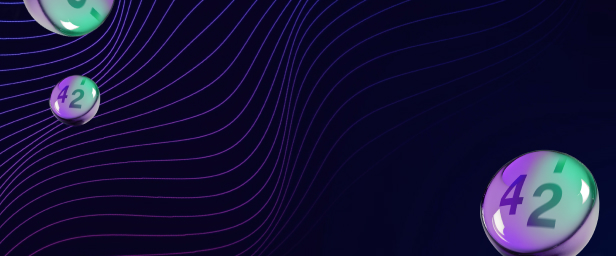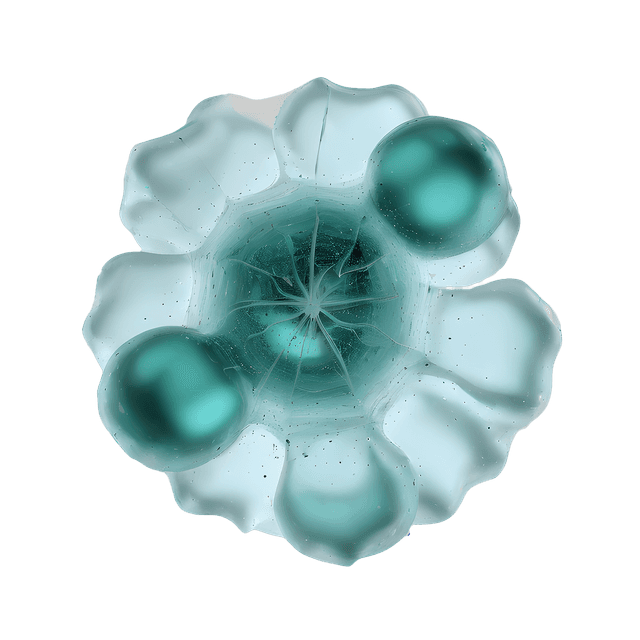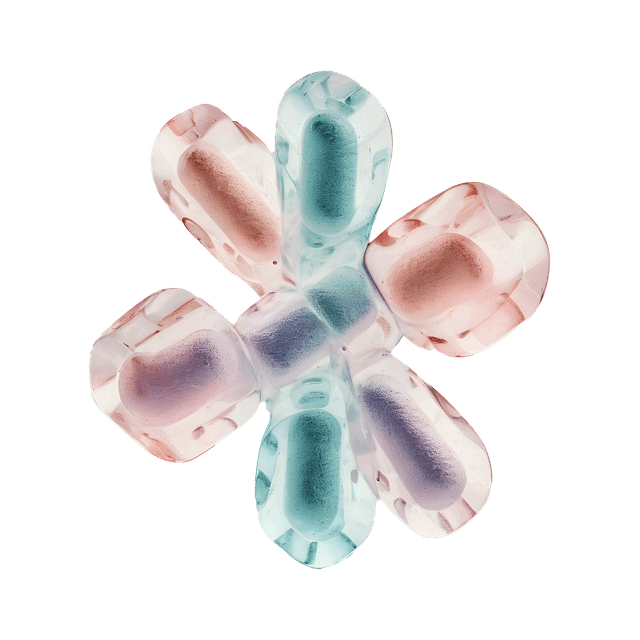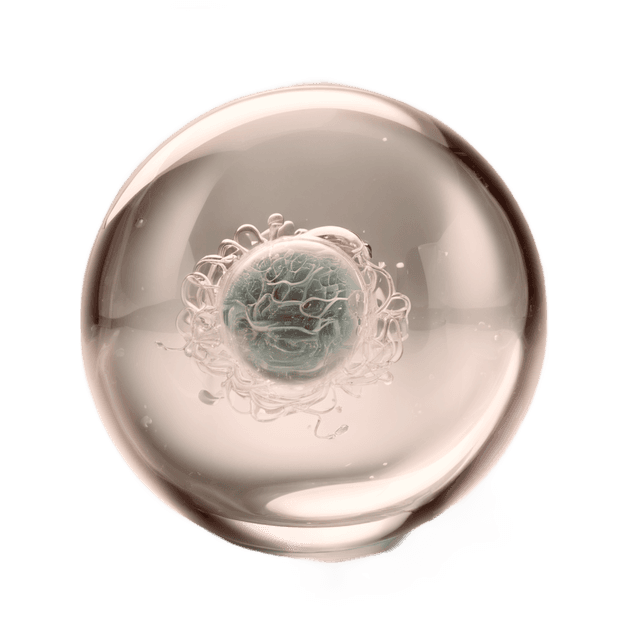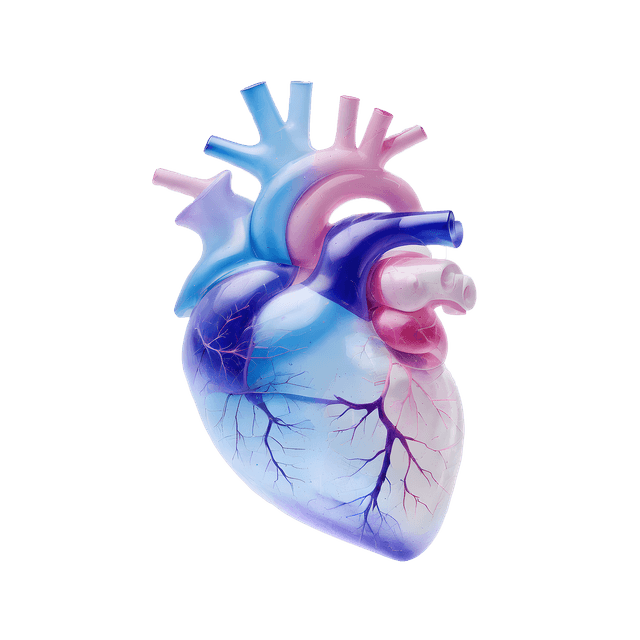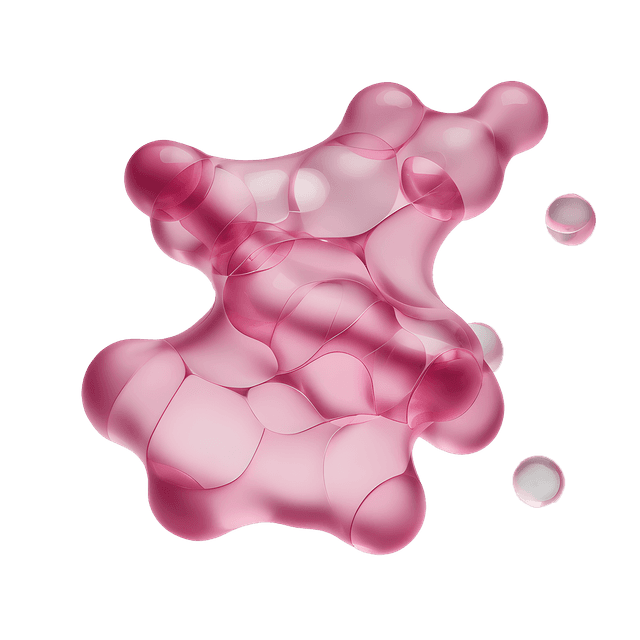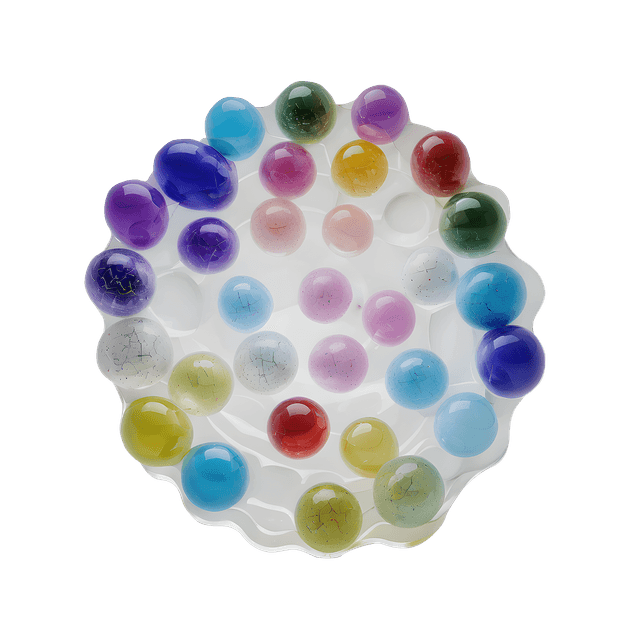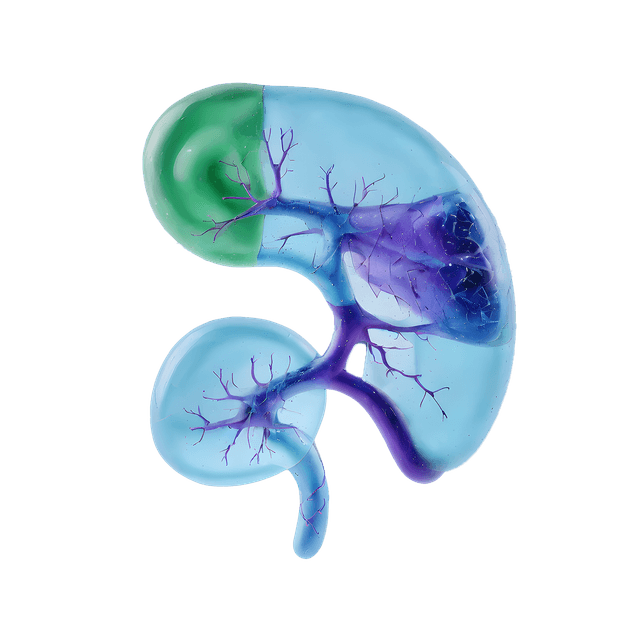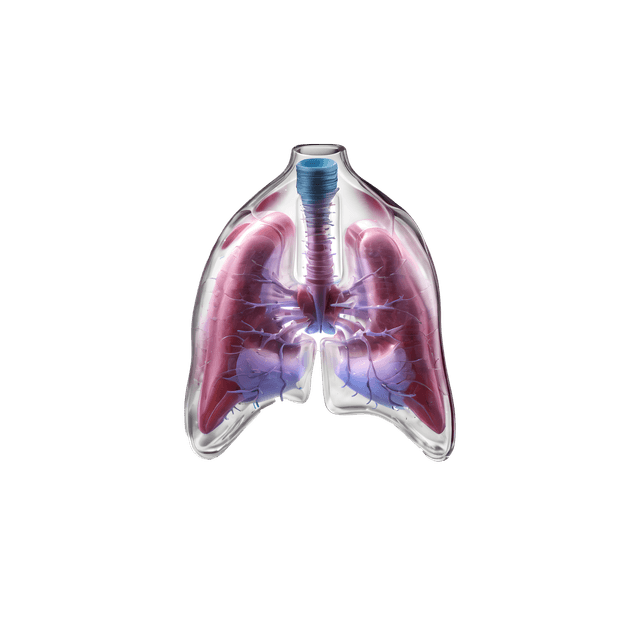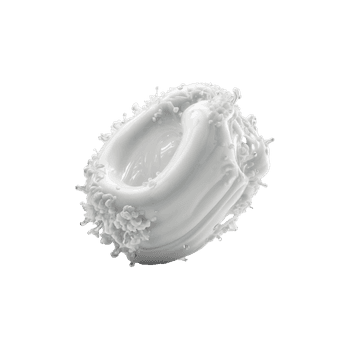Quick version
During menopause, estrogen levels drop, which causes bone mass to decrease more quickly and the risk of osteoporosis increases.
A bone density measurement (DEXA) is a convenient and painless examination that shows how strong your bones are – especially important if you are over 45 or have risk factors such as low weight, smoking or a hereditary predisposition to osteoporosis.
The results help you prevent fractures and get the right support in time. The test only takes 10–20 minutes and can be booked directly – without a referral.
What is a bone density scan?
A bone density scan (DEXA or DXA) is a medical examination performed using low-dose X-ray. This method measures how much calcium your bones contain. The result also shows how dense and strong your bone tissue is – which provides a clear indication of your risk for osteoporosis.
The scan, as mentioned, is done with low-dose X-ray and is usually performed on the hips and lower back – where osteoporosis often shows first. The examination only takes about 10–20 minutes and is completely painless.
Want to check your bone density? Book your bone density scan with DEXA technology – safe, quick, and no referral needed from your healthcare provider.
Why might women in menopause need a bone density scan?
As you may already know, the body’s production of estrogen – a hormone that protects the skeleton – decreases during menopause. As estrogen levels drop, bone mass also decreases more rapidly, making bones more fragile and prone to fractures.
6 risk factors that increase the need for testing:
- If you experienced early menopause (before age 45)
- If you have a family history of osteoporosis or fractures
- If you have low body weight or are underweight
- If you smoke or consume high amounts of alcohol
- If you have low physical activity levels
- If you’ve had long-term corticosteroid treatment
If you recognize one or more of these risk factors, it may be especially important to consider a bone density scan.
How does the scan work?
During a bone density scan, the examination is performed using a DEXA scanner, which is similar to a regular X-ray but with a much lower radiation dose. You lie on your back on a table while an arm with the scanner passes over your body.
No special preparation is needed – but it’s a good idea to avoid calcium supplements on the same day, as they can affect the results.
What does the result show?
The result is expressed as a T-score, which compares your bone density to that of a healthy 30-year-old:
- T-score above -1: Normal bone density
- T-score between -1 and -2.5: Reduced bone density (osteopenia)
- T-score below -2.5: Osteoporosis
Why is my bone density compared to healthy 30-year-olds?
The T-score compares your bone density to that of a healthy 30-year-old because this is when bone mass is typically at its peak. It gives a clear picture of how much bone mass you’ve lost and helps assess your risk of osteoporosis.
What happens if I have low bone density?
By detecting low bone density early, you have a better chance of preventing osteoporosis before it leads to fractures. Depending on your results, you may receive recommendations regarding:
- Diet and supplements (calcium and vitamin D)
- Strength training and balance exercises
- Smoking cessation and reduced alcohol intake
- Medications that slow down bone loss
When should you get tested?
If you are a woman in perimenopause or menopause (age 45+), you should consider testing your bone density – especially if you have risk factors. If you’ve previously had fractures, suffer from an eating disorder, or have experienced significant weight loss, it may also be a sign that your bones need to be examined.
Book your DEXA scan easily via Testmottagningen.se – no referral needed. Read more and book here.

